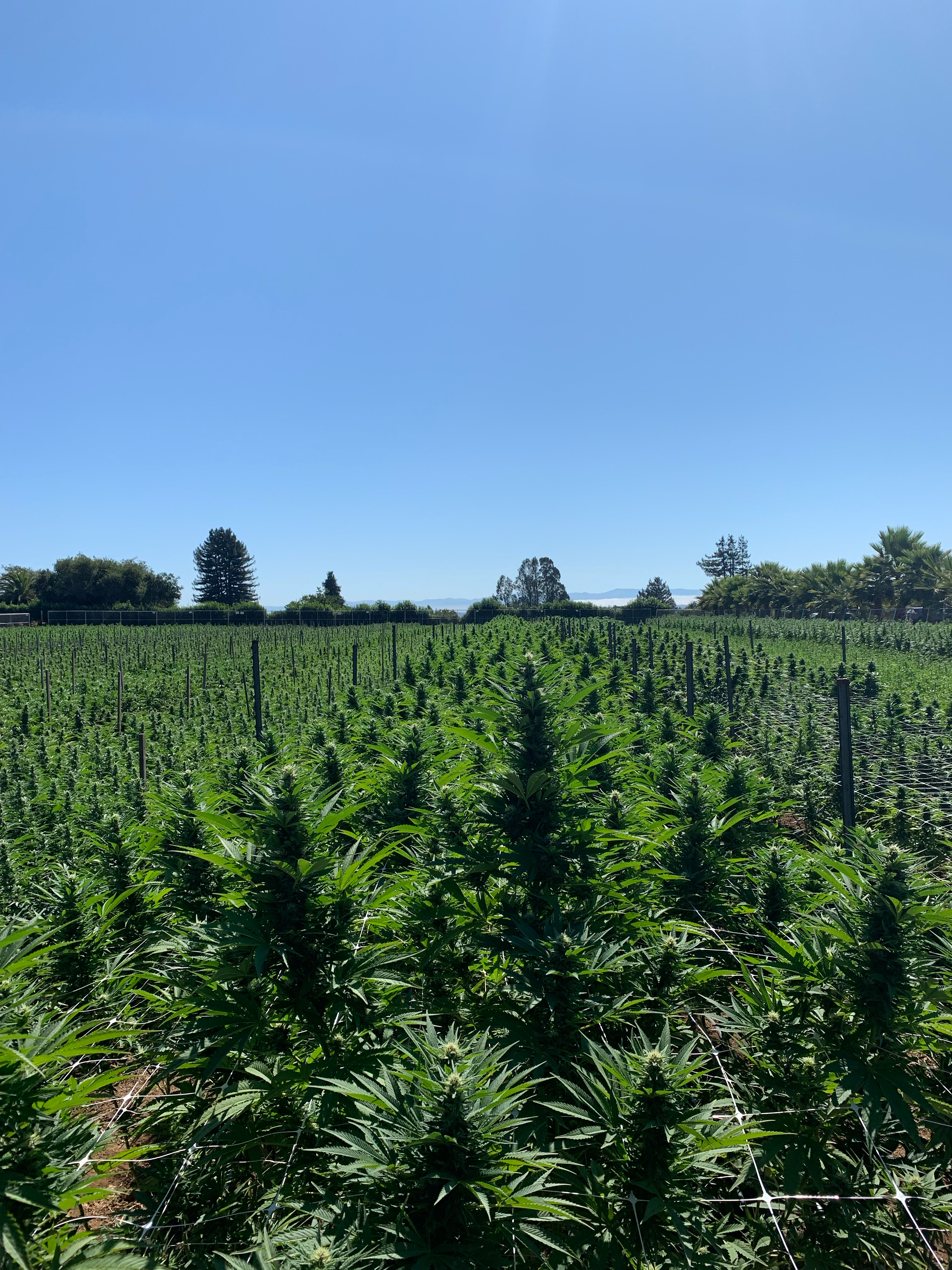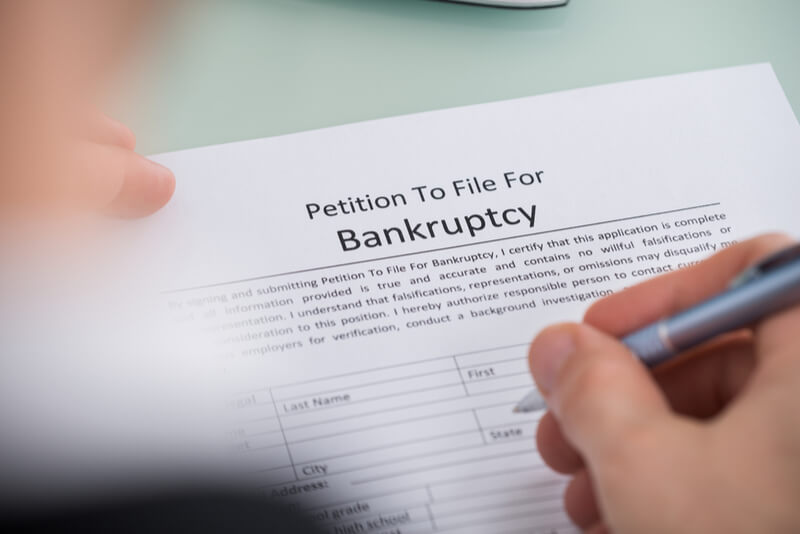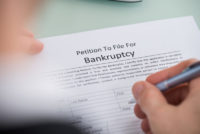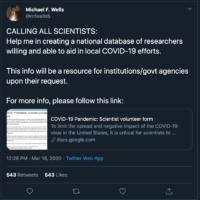The cannabis industry is not immune from global setbacks. Discussions about how resistant the vertical is to this (next) setback have been widely disseminated, from mainstream news to the blogosphere.
Yes, the UN punted global reform down the pike another 9 months – affecting the international industry. And so far, the entire vertical has been left out of the relief bill in the United States (although there are lobbying efforts everywhere to correct the oversight on subsequent bills now almost inevitably in the legislative hopper).
However, there are signs that the industry is actually gaining credibility if not forging new victories during a time likely to go down as this century’s “Great Depression.”
Here is a look at some of the trends afoot that are already bearing fruit and bringing relief.
Cannabis Business Is Essential Business
Some important battles have been won in many states in the U.S. as well as several other countries (including but not limited to Canada). This starts with the designation of the industry as “essential,” at least on the medical side. The issue of delivery and cashless payments have been on the front burner just about everywhere. And this time, there are few if any objections with a national lobby to voice said concerns.
 In Europe of course the conversation is also different depending on where you are, but there are still signs that things are clearly changing.
In Europe of course the conversation is also different depending on where you are, but there are still signs that things are clearly changing.
In the UK, authorities have made it easier for cannabis importing. In Germany, pharmacies are on the front line in a way unseen just about anywhere else.
And in Spain, with most patients reliant on cannabis clubs, the lockdown and subsequent hardship for the most vulnerable has led to widespread calls to make deliveries a possibility. Even if the clubs are not functioning as “lounges,” their operators might not get fined for opening their doors, much less “importing” product from the outskirts of town to a central distribution point.
Pivoting To Respond In Times Of Crisis
It is impossible to forget that the emergent industry has been on the forefront of the medical industry and certified production for a long time, even if that, at least up to this point, has received little respect.
Health Canada has asked testing labs to repurpose their activities for Covid-19 testing.
Canadian and American producers are also on the front lines of providing PPE (personal protective equipment) that can be multi-purposed. Masks, gowns and gloves have all been donated from multiple companies. Others are literally repurposing ethanol used for extraction to make hand sanitizer for vulnerable populations. More than a few, including in Europe, have directly been involved in helping to fundraise for foodbanks.
GMP Licensing and Other Developments Still Cooking
While some companies waiting for certification have been stymied because of a lack of foreign travel (EU-GMP requires German inspectors to travel to Canada for example), there are other indications that global companies are finding the way through anyway.
 New deals are being inked all over the planet, including international provision deals from unlikely places. This is in part because new export and sales channels are being forged – literally out of desperation. See the story of Little Green Pharma and Astral Health, an Australian company now exporting to the UK (a first). Or the New Mexico company Ultra Health, which just started to export to Israel. Not to mention the source of Israel’s other international purchase of cannabis this month – from Uganda of all places.
New deals are being inked all over the planet, including international provision deals from unlikely places. This is in part because new export and sales channels are being forged – literally out of desperation. See the story of Little Green Pharma and Astral Health, an Australian company now exporting to the UK (a first). Or the New Mexico company Ultra Health, which just started to export to Israel. Not to mention the source of Israel’s other international purchase of cannabis this month – from Uganda of all places.
Down under, things are certainly developing in an interesting way during the crisis. Indeed, New Zealand decided to proceed with its own cannabis cultivation, with signs that more reform is on the agenda for later in the year.
Back in the Northern Hemisphere, North Macedonia, home of one of the most developed cannabis economies adjacent to Europe, is literally one amendment away from entering the European and global business with flower as well as extracts (which is on the table this month as the government begins to reconvene.)
In summary, while times are tough, everywhere, the entrepreneurs who have forged their way through laws of man to create reform, are also showing up to battle against this century’s so far most emergent threat.
































